Mastering the Art of Wine Tasting: A Guide for Enthusiasts.
- 2024-02-07 05:00:00
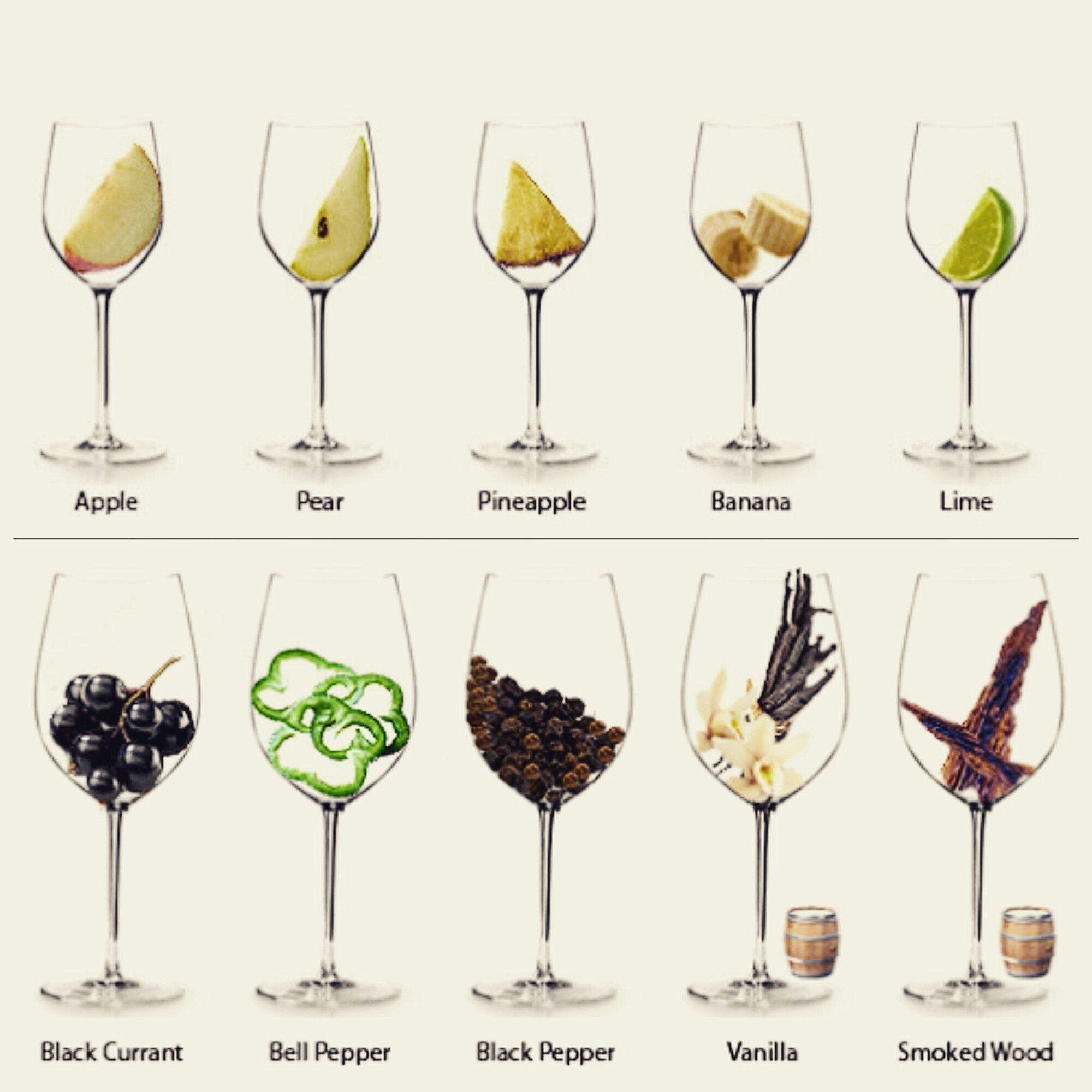
Wine tasting is more than just sipping; it's a sensory journey that engages the eyes, nose, and palate to unravel the complexities and nuances of each pour. Whether you're a novice exploring the world of wine or a seasoned enthusiast honing your palate, mastering the art of wine tasting can deepen your appreciation and enjoyment of this timeless beverage. Here's a guide to help you refine your skills and elevate your tasting experience to new heights.
- Appearance: Begin by examining the wine's appearance. Hold the glass against a white background and observe its color, clarity, and viscosity. Reds may range from pale ruby to deep purple, while whites can vary from straw yellow to golden amber. Note any variations in hue and opacity, as they can provide clues about the wine's age, grape variety, and winemaking techniques.
- Aroma: Swirl the wine gently in the glass to release its aromas, then bring it to your nose and take a deep inhale. Note the intensity and complexity of the aromas, identifying primary fruit notes, secondary aromas from fermentation or aging, and tertiary aromas from bottle aging. Look for descriptors like fruits, flowers, spices, herbs, and oak, and consider how they evolve as the wine aerates.
- Palate: Take a small sip of the wine and let it coat your palate, paying attention to its texture, structure, and flavor profile. Note the wine's body (light, medium, or full), acidity (crisp or soft), tannins (grip or smoothness), and alcohol level (warmth or heat). Identify primary flavors, such as fruit, floral, or savory notes, as well as secondary and tertiary characteristics that emerge on the palate.
- Finish: Evaluate the wine's finish, or aftertaste, noting its length, intensity, and complexity. A long, lingering finish with layers of flavor indicates a well-made wine with depth and balance, while a short, abrupt finish may suggest a simpler or less refined wine. Pay attention to any lingering sensations or flavors that persist after swallowing, as they can provide insights into the wine's quality and aging potential.
- Comparison: Compare and contrast different wines side by side to develop your palate and discern subtle differences between varietals, regions, or vintages. Notice how factors like grape variety, terroir, winemaking techniques, and aging influence the aromas, flavors, and overall character of each wine. Experiment with different pairings of wine and food to discover how they complement and enhance each other's flavors.
- Mindfulness: Practice mindfulness and focus your attention on the present moment while tasting wine. Clear your mind of distractions and approach each tasting with an open, curious attitude. Engage all your senses—sight, smell, taste, touch, and even sound—to fully experience the wine and appreciate its unique qualities.
- Note-Taking: Keep a tasting journal or use a wine tasting app to record your impressions, observations, and preferences. Document details such as the wine's name, vintage, producer, grape variety, and tasting notes, as well as any food pairings or occasions. Over time, you'll develop a personal library of tasting experiences that will enhance your understanding and enjoyment of wine.
- Continual Learning: Stay curious and committed to lifelong learning in your wine tasting journey. Explore new varietals, regions, and styles, attend tastings, classes, and events, and engage with fellow enthusiasts to exchange ideas and insights. Embrace the diversity and complexity of the wine world, and let your palate guide you on a never-ending quest for discovery and appreciation.
By following these tips and techniques, you can unlock the secrets of wine tasting and embark on a sensory adventure that stimulates the mind, delights the senses, and fosters a deeper connection with this timeless beverage. Cheers to the art of wine tasting!
Richard Parker, California
-
Recent Posts
-
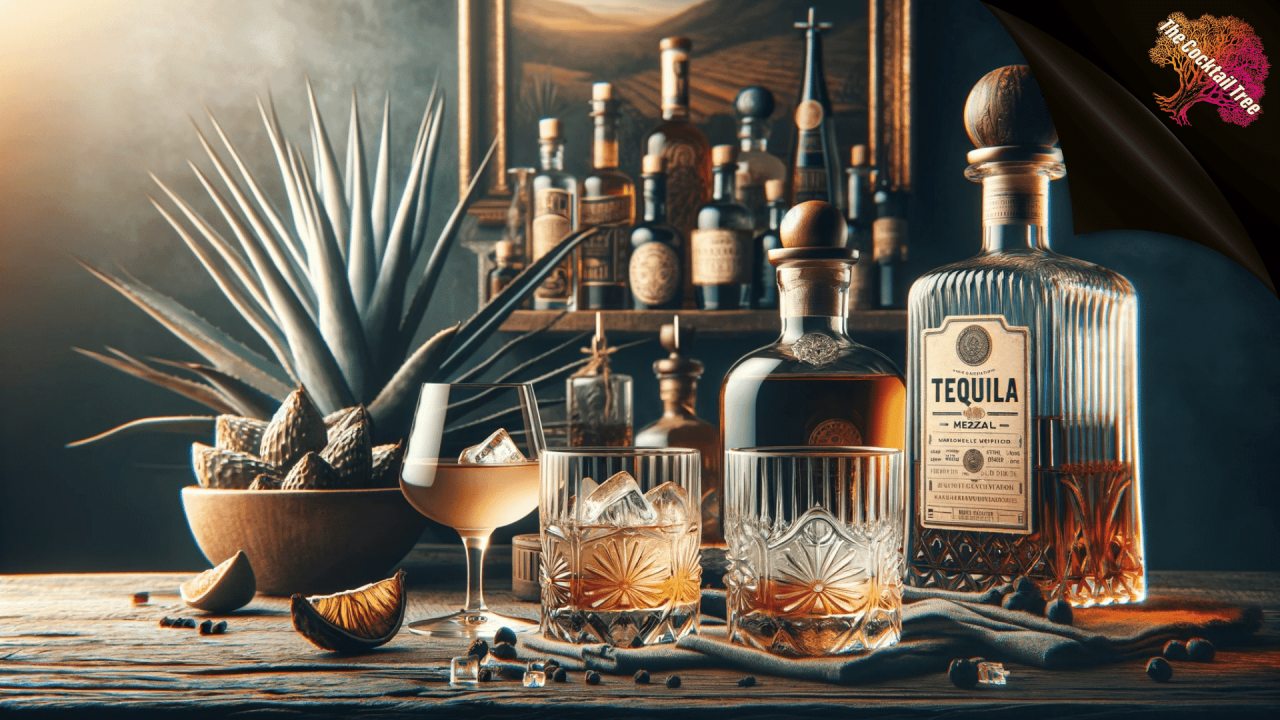
Tequila, the elixir of agave, transcends mere libation to become a symphony of science, art, and alchemy. Join us on an expedition through the intricate world of tequila, where molecules mingle, flavors...
-
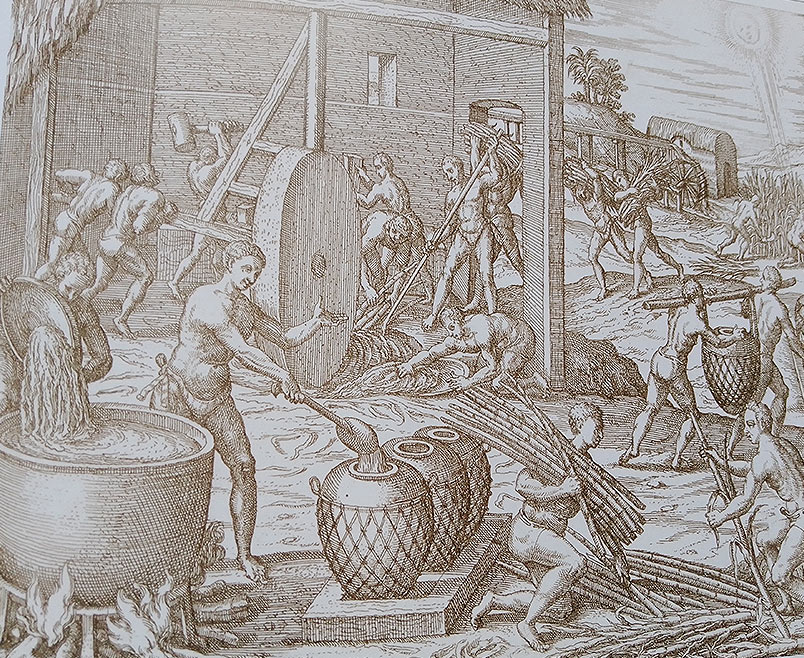
Rum, with its rich flavors and storied past, has woven itself into the tapestry of cultures and traditions around the world. From its origins in the sugarcane fields of the Caribbean to...
-
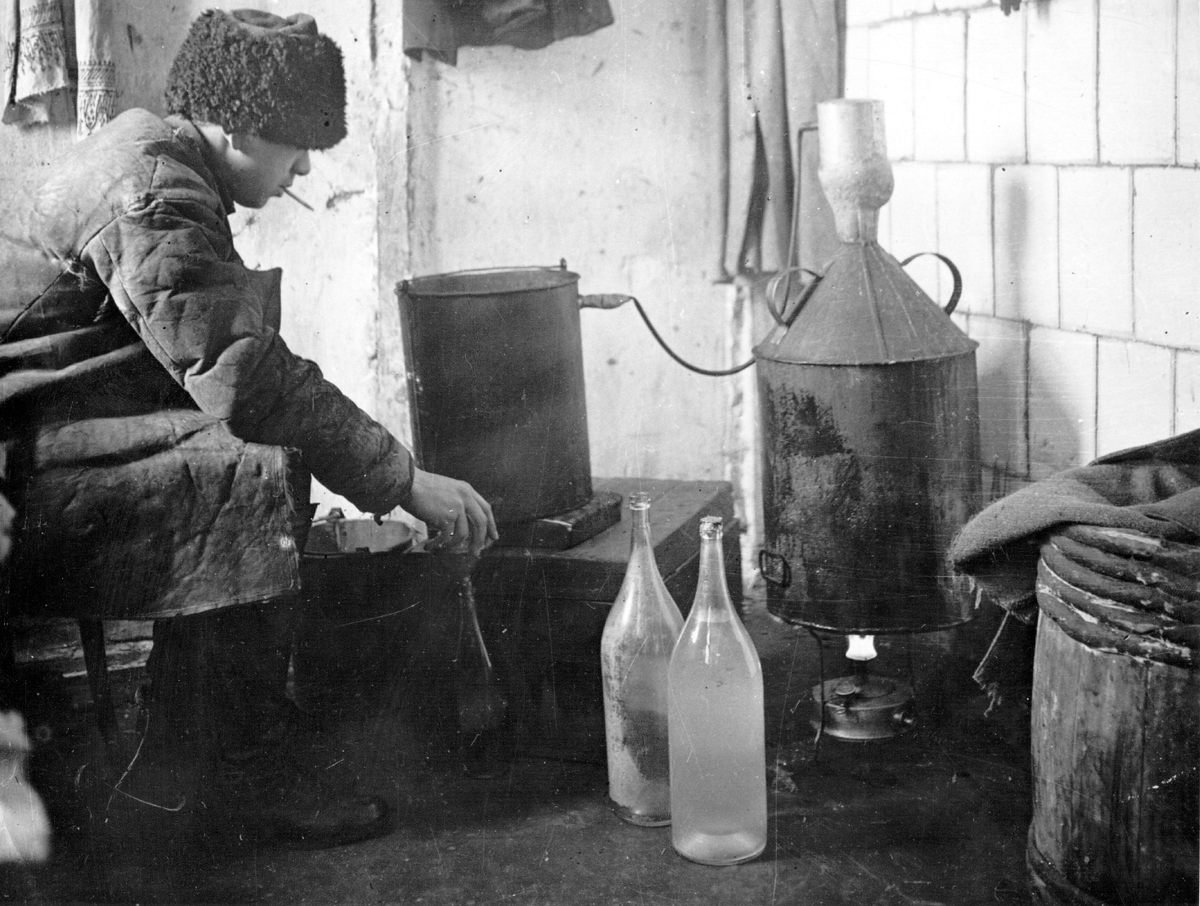
Vodka, with its clear, pure appearance and versatile nature, has a history as fascinating and diverse as the cultures that have embraced it. From its mysterious origins in Eastern Europe to its...
-
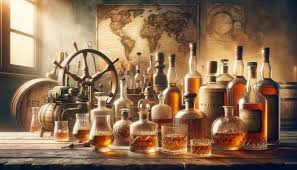
Whisky, with its complex flavors and rich heritage, has captured the hearts and palates of people around the world for centuries. From its humble beginnings in ancient civilizations to its global prominence...
-
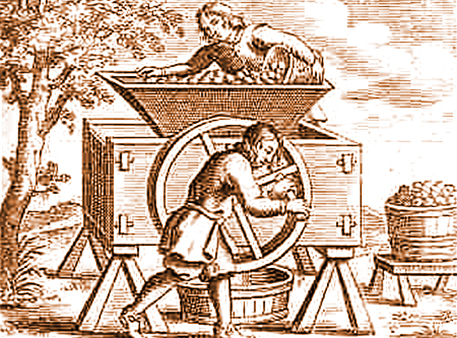
Cider, with its crisp and refreshing taste, has a history as rich and diverse as the apples from which it's made. From its ancient roots to its modern resurgence, cider has been...
-
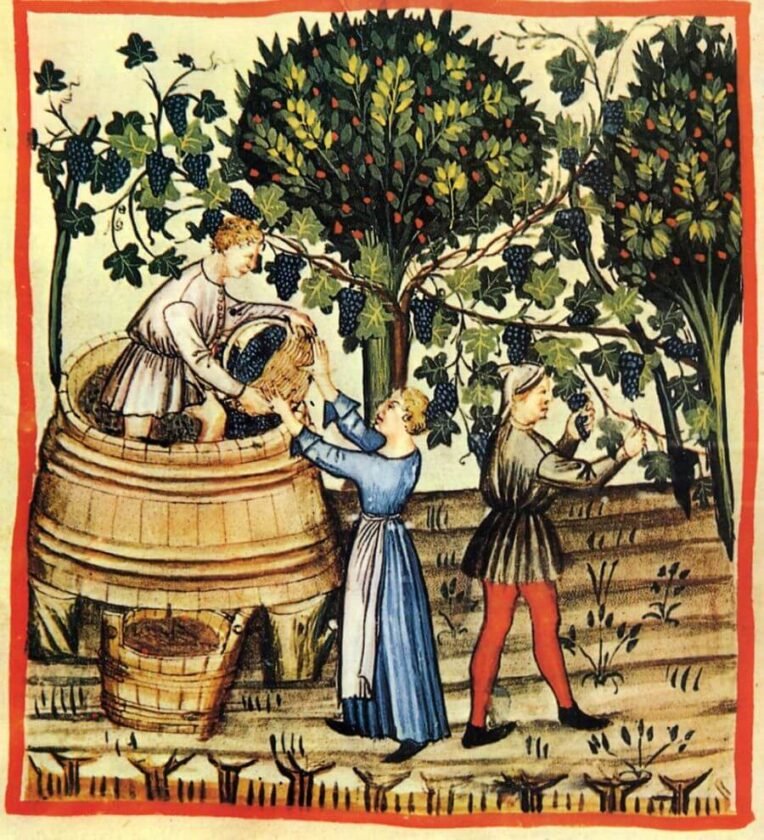
Wine, with its rich tapestry of flavors, aromas, and cultural significance, has been an integral part of human history for millennia. From its humble origins in ancient Mesopotamia to its global prominence...
-
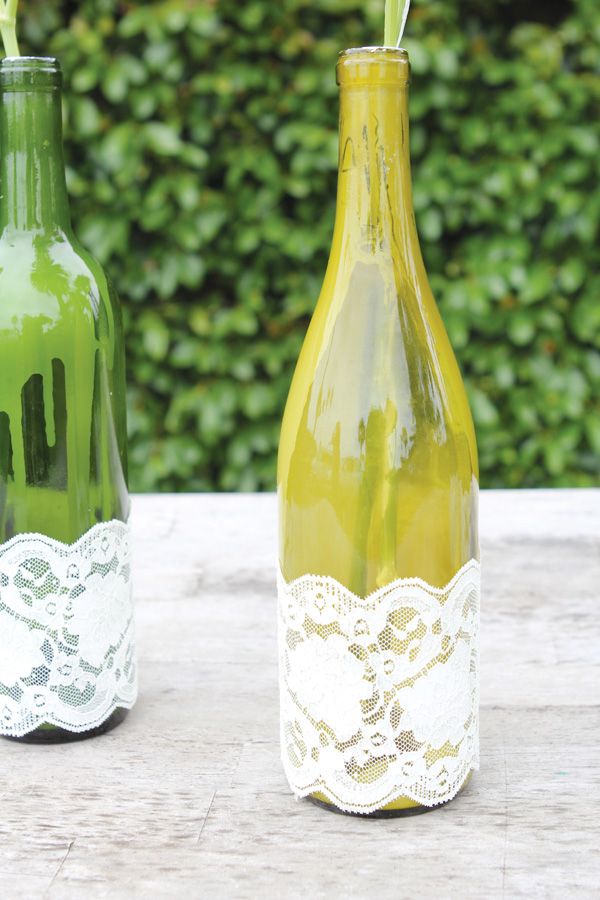
Wine isn't just for drinking—it's also a versatile and inspiring medium for crafting and décor. Whether you're looking to add a touch of wine-inspired charm to your home or seeking unique gift...
-
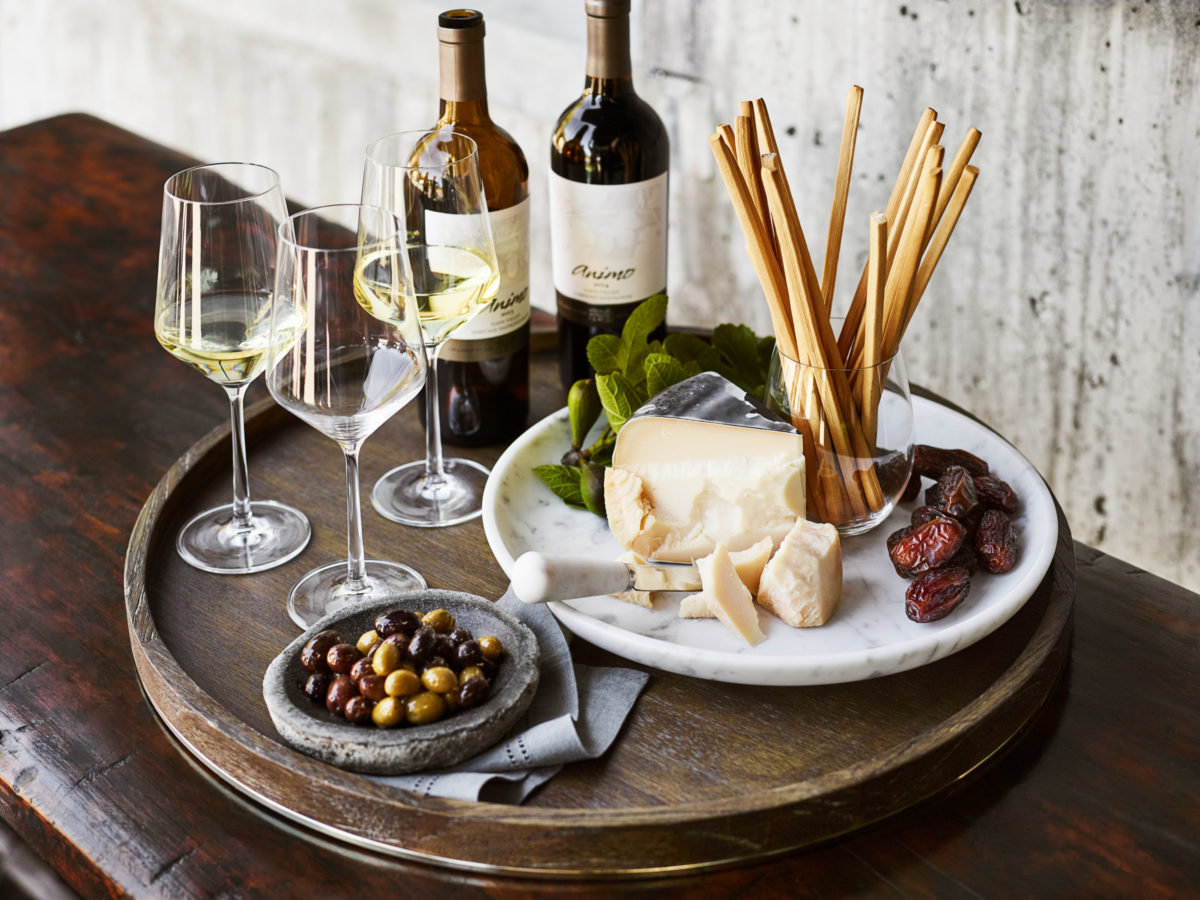
There's no better way to explore the world of wine than by gathering friends and loved ones for a wine tasting party. Whether you're a seasoned oenophile or a curious novice, hosting...
-
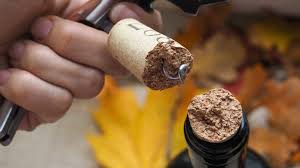
Wine, with its complexity and nuance, is a beverage cherished for its ability to delight the senses and evoke a myriad of flavors and aromas. However, like any agricultural product, wine is...
-
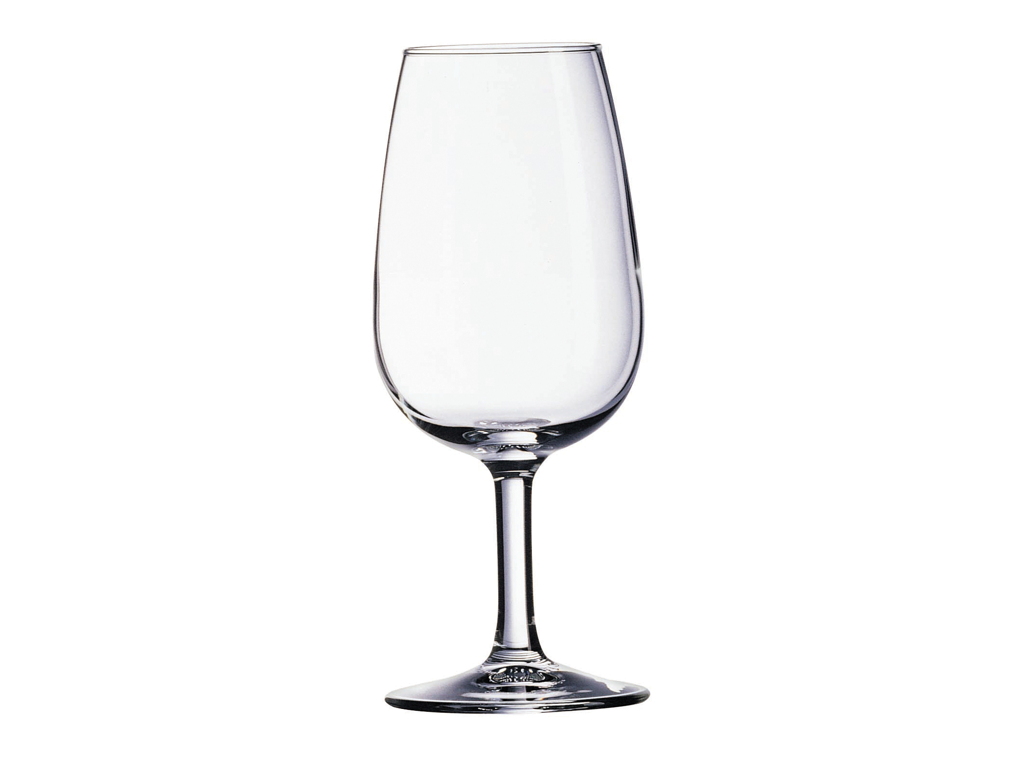
Selecting the right wine glass can significantly enhance your enjoyment and appreciation of wine, allowing you to fully experience its aromas, flavors, and nuances. With a wide array of shapes, sizes, and...
-
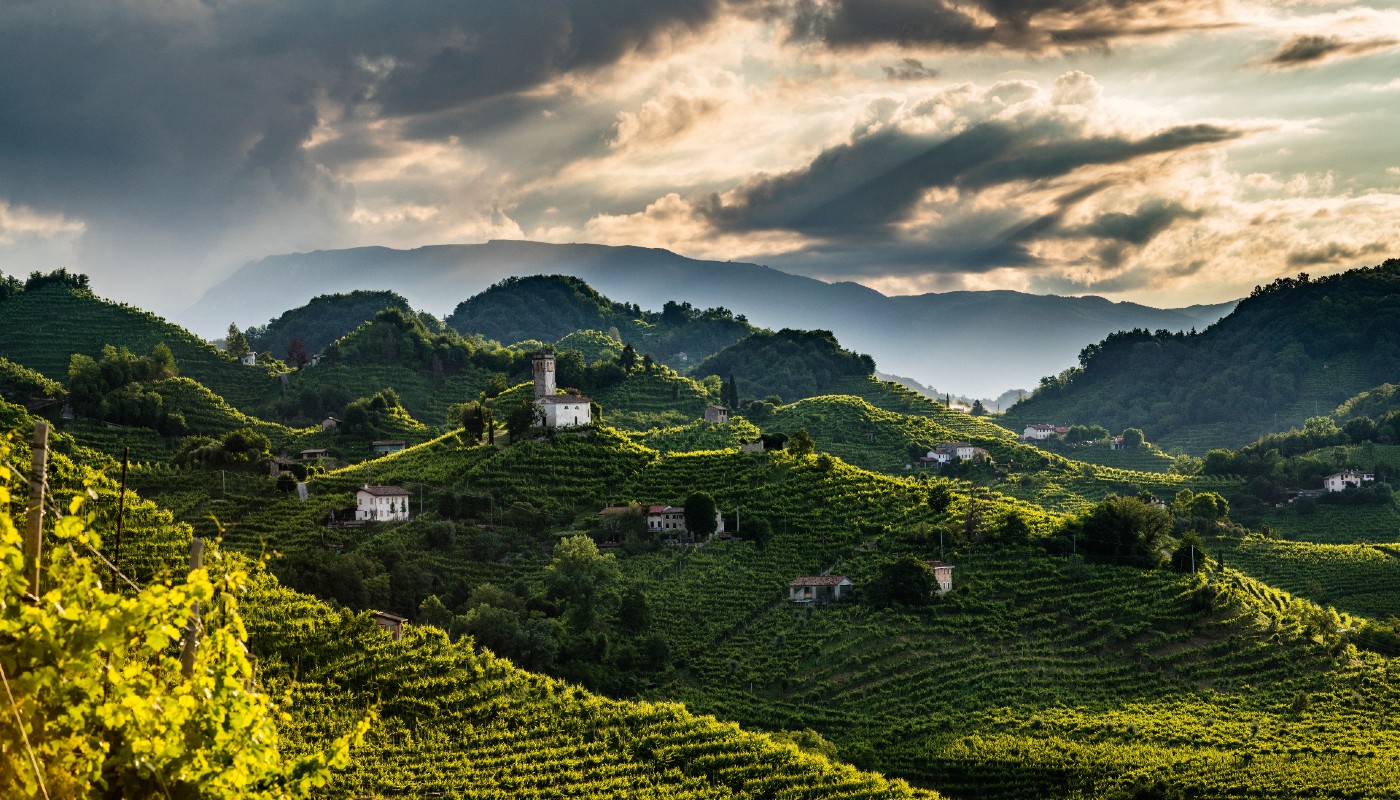
Nestled in the picturesque hills of the Veneto region in northeastern Italy lies the charming town of Conegliano, renowned as the birthplace of Prosecco and the epicenter of Italy's thriving sparkling wine...
-
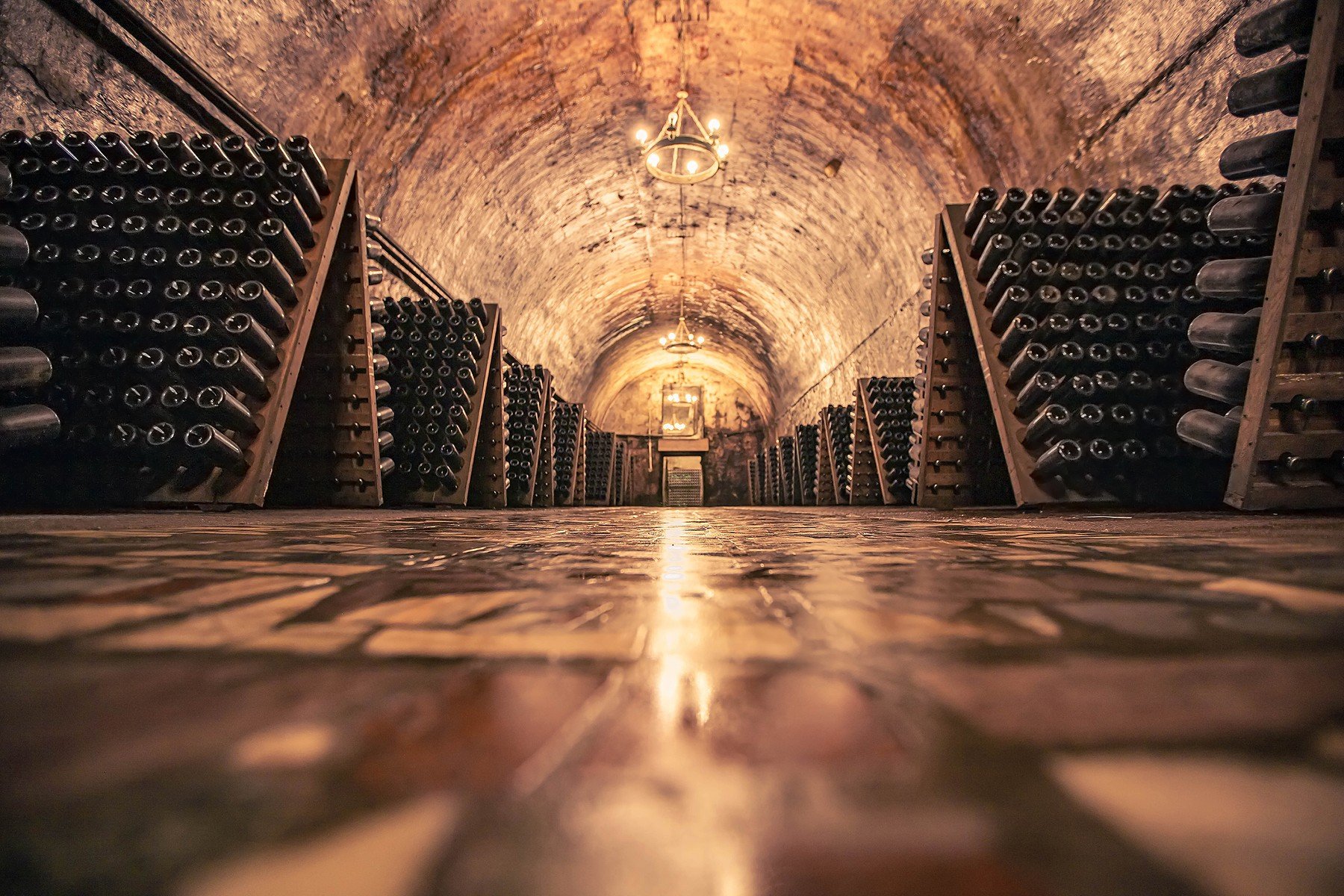
Champagne, the quintessential sparkling wine synonymous with celebration and luxury, is crafted through a meticulous and time-honored winemaking method known as the Méthode Champenoise. From grape to glass, the journey of Champagne...